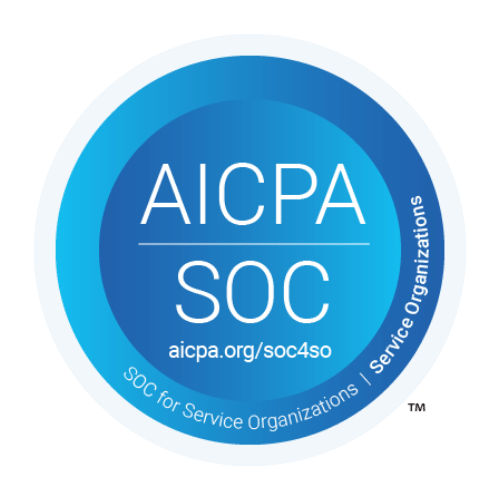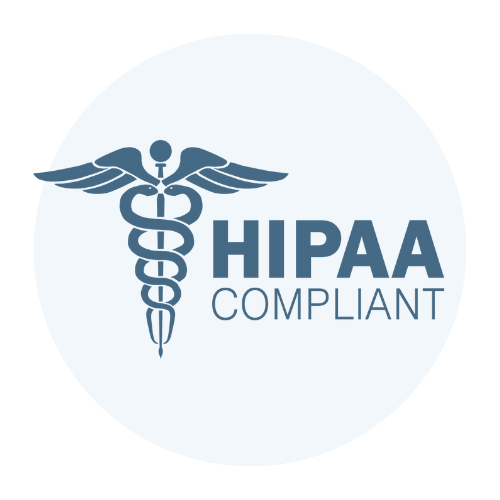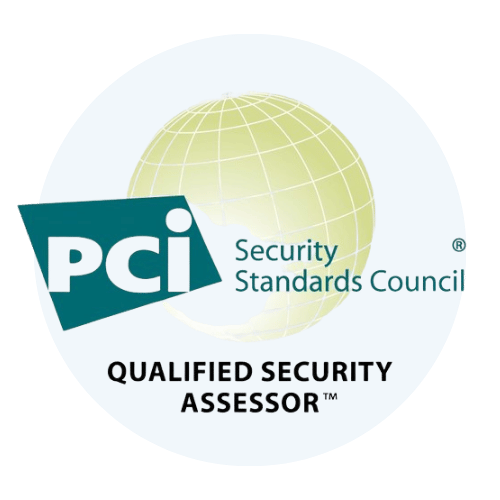TL;DR
ISO 27001 certification proves your ISMS meets global standards, but getting there takes planning, documentation, audit readiness, and continuous improvement. This guide breaks down every step: from scoping and timelines to costs, evidence prep, auditor expectations, and how to keep your certification active for years to come.
ISO 27001 certification gives your organization formal proof that its Information Security Management System (ISMS) meets global security standards. But achieving certification is a structured, multi-phase process that requires preparation, detailed documentation, and ongoing alignment with ISO 27001 controls.
If you’re leading your organization’s ISO 27001 effort or supporting it from a technical or compliance role, this guide will help you plan confidently. Use it to anticipate challenges, stay audit-ready, and ensure your ISMS stays compliant year after year.
Introduction to ISO 27001 Certification
ISO 27001 certification confirms that your organization’s ISMS follows globally accepted best practices. The standard outlines how to systematically identify, assess, and mitigate information security risks through documented controls and processes.
The certification process is handled by an accredited third-party body. It starts with a thorough review of your ISMS documentation, followed by an in-depth audit of how well your controls operate in practice. Certification isn’t permanent as it requires annual surveillance audits and full recertification every three years.
The ISO 27001 standard covers 93 control objectives grouped into four key themes: organizational, people, physical, and technological. These controls span access management, incident response, asset classification, supplier risk, encryption, and more. You don’t need to implement every control, just the ones applicable to your risk profile, as justified in your Statement of Applicability (SoA).
Need clarity on your ISO 27001 journey?
TrustNet’s security and compliance experts help organizations plan, implement, and audit their ISMS without wasting time or resources.
Certification Stages: Step-by-Step Overview
Each stage in the ISO 27001 certification process builds on the last, and auditors expect consistent documentation, implementation, and evidence at every step.
Stage 1: Documentation Review (Pre-Audit)
The auditor reviews your core ISMS documents to verify that you’ve addressed the standard’s requirements. This includes:
Auditors will flag gaps or nonconformities so you can remediate them before the next stage.
Stage 2: Implementation Audit (Main Audit)
This phase tests how well your ISMS works in practice. Auditors assess operational controls across departments, usually around 1 month depending on company size and infrastructure complexity. Expect:
Certification Decision
The auditor compiles findings and issues the decision. You’ll need to resolve any major nonconformities before certification is provided.
Surveillance Audits
Each year, auditors revisit your ISMS to confirm you’re maintaining compliance and continually improving. These audits are shorter but still thorough.
Recertification Audit
You’ll undergo a full re-audit every three years to renew your certification. Treat this like a new Stage 2 audit with updated risks, controls, and evidence.
Timeline and Project Planning
Achieving ISO 27001 certification is a structured, multi-phase project. Your timeline will vary based on your organization’s size, complexity, and ISMS maturity. Below are sample timelines for reference:
Typical Timeline
Preparation & ISMS implementation (6-12 months):
Build or refine your Information Security Management System (ISMS), define its scope, conduct a risk assessment, select applicable controls, and complete required documentation.
Stage 1 Audit (3-4 days):
An accredited auditor reviews your ISMS documentation, policies, Statement of Applicability (SoA), and risk treatment plan to assess audit readiness.
Remediation Period (1-3 months, if needed):
You’ll resolve any nonconformities identified during Stage 1 before moving to Stage 2.
Stage 2 Audit (2-3 weeks):
The auditor evaluates the operational effectiveness of your controls through evidence review, staff interviews, and site walkthroughs.
Certification Decision (3-4 days):
Once the audit report is submitted and approved, the certification body issues your ISO 27001 certificate.
Key Milestones
Treat the certification journey as a formal project. Assign ownership, track deliverables, and document progress. A detailed plan with clear milestones helps keep your team aligned and your audit on schedule.
Cost Drivers and Budgeting
ISO 27001 certification is a full project with costs across internal resources, external support, and third-party certification.
Core Cost Components
Internal Preparation
Budget for staff time, stakeholder alignment, employee training, documentation development, and ISMS tooling (e.g., asset management, policy platforms). Smaller orgs may spend less but often lack dedicated resources, which stretches out timelines.
External Support
Many companies hire consultants for gap assessments, control mapping, policy drafting, and audit readiness. Depending on the complexity, this can be a one-time engagement or ongoing support.
Certification Body Fees
These include Stage 1 and Stage 2 audits, annual surveillance audits, and recertification every three years. Costs are typically based on organization size, number of sites, and risk exposure.
Typical Ranges
Ranges apply to small and mid-sized companies. Enterprises or those in regulated sectors may pay more due to scope, volume of evidence, and complexity. TrustNet can help you scope the work, avoid over-engineering, and keep your compliance budget under control.
Make sure each document is version-controlled, reviewed, and approved.
Audit Preparation: Documentation & Evidence
Implementing ISO 27001 demands structure, commitment, and risk-driven execution. By following the steps in this guide, you’re setting your organization up for sustainable security and audit readiness. But you don’t have to do it alone.
TrustNet’s ISO 27001 experts help companies streamline implementation, avoid missteps, and get certified faster.
Start with Mandatory Documentation
Ranges apply to small and mid-sized companies. Enterprises or those in regulated sectors may pay more due to scope, volume of evidence, and complexity. TrustNet can help you scope the work, avoid over-engineering, and keep your compliance budget under control.
Gather Operational Evidence
Ranges apply to small and mid-sized companies. Enterprises or those in regulated sectors may pay more due to scope, volume of evidence, and complexity. TrustNet can help you scope the work, avoid over-engineering, and keep your compliance budget under control.
Make sure each document is version-controlled, reviewed, and approved.
Conduct Internal Audit and Management Review
Before your Stage 1 audit, run a formal internal audit and hold a management review meeting. These steps show leadership involvement and give you a chance to fix issues ahead of time.
Also, build an audit folder structure and label everything clearly. The cleaner your prep, the faster the audit goes and the fewer surprises you’ll face.
Working with Certification Bodies and Auditors
A certification body assesses the credibility and effectiveness of your ISMS. Choosing the right partner and managing the audit process well are critical to achieving and maintaining ISO 27001 compliance.
Choose an Accredited, Competent Certification Body
Only certification bodies accredited under ISO/IEC 17021-1 are authorized to issue ISO 27001 certificates. Look for accreditations from national authorities like:
Also, confirm that the certifier complies with ISO/IEC 27006, which requires auditors to demonstrate competence in ISMS audits. Prioritize bodies with:
Follow These Audit Best Practices
Centralize documentation
Structure your audit folder by control domain or ISO clause.
Assign a lead contact
Ensure someone manages communications and handles evidence delivery.
Expect fieldwork
Auditors will conduct interviews, inspect physical security, and verify logged activity.
Fix nonconformities quickly
Submit root cause analysis and corrective actions for closure.
Track post-certification tasks
Stay engaged for surveillance audits and improvement tracking.
Build rapport with your auditors
Approach the audit as a collaborative verification, not a compliance trap. Clarity, speed, and preparation set the tone for a smooth and successful certification process.
Maintaining Certification: Surveillance & Continuous Improvement
A certification body assesses the credibility and effectiveness of your ISMS. Choosing the right partner and managing the audit process well are critical to achieving and maintaining ISO 27001 compliance.
Annual Surveillance Audits
Only certification bodies accredited under ISO/IEC 17021-1 are authorized to issue ISO 27001 certificates. Look for accreditations from national authorities like:
Also, confirm that the certifier complies with ISO/IEC 27006, which requires auditors to demonstrate competence in ISMS audits. Prioritize bodies with:
Make Improvement Ongoing
ISO 27001:2022 requires continual improvement, not occasional fixes. You need to:
Auditors will ask to see proof that you’re making improvements stick, not just writing them down.
Get Ready for Recertification
You’ll need a full recertification audit every three years. It works like your original Stage 2 audit, reviewing the entire ISMS. Prep early, refresh your documentation, check evidence trails, and close out any open actions.
What to Do Next: Make ISO 27001 Work Day-to-Day
Getting certified is only half the challenge. To gain long-term value, you need to operationalize your ISMS, build controls into daily workflows, track effectiveness, and keep improving.
From risk assessment to recertification, ISO 27001 rewards organizations that treat security as a system, not a project.
TrustNet’s ISO 27001 experts can run a readiness assessment, guide your internal audit, and help you avoid costly missteps before you schedule with a certification body.



